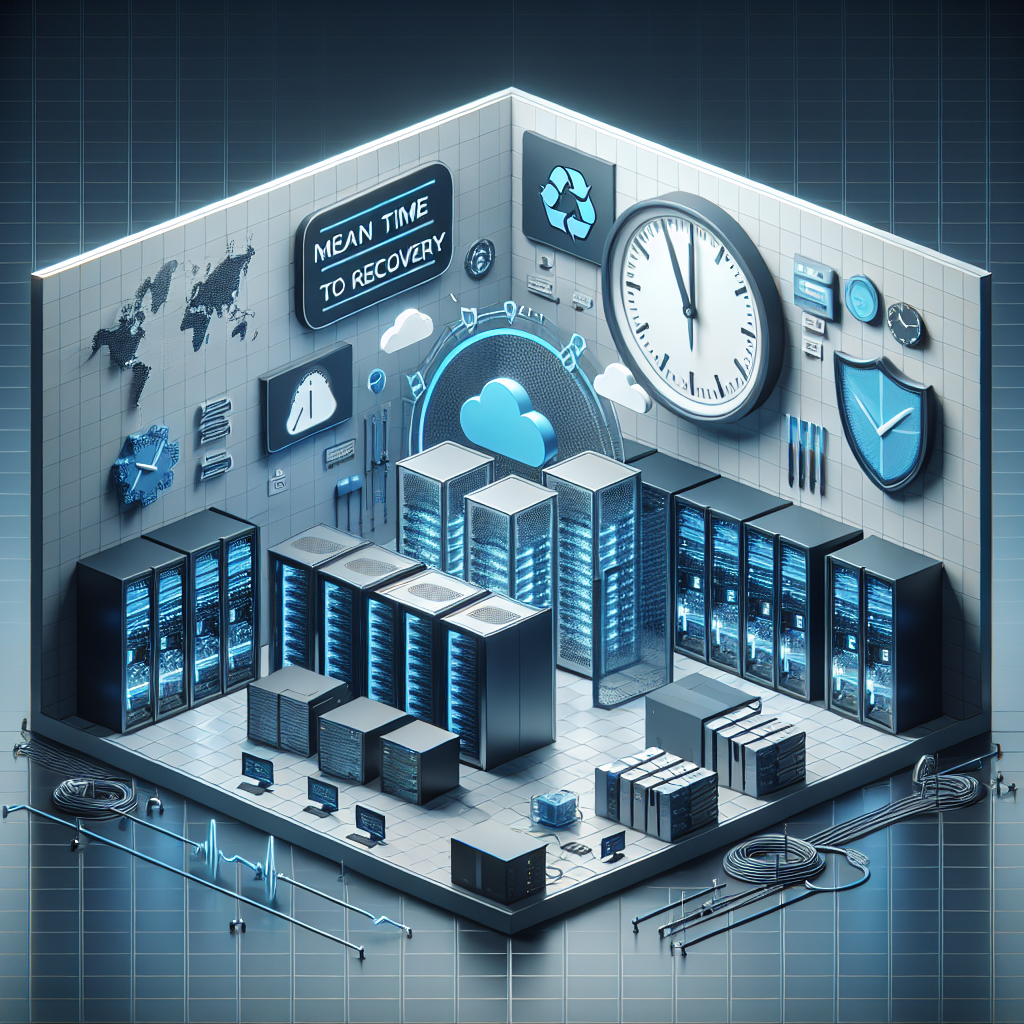In today’s digital age, businesses rely heavily on their data centers to store and manage vast amounts of information essential for their operations. However, with the increasing complexity and interconnectedness of data center systems, the risk of downtime and data loss due to disasters is also on the rise. This is where Mean Time to Recovery (MTTR) plays a critical role in disaster recovery planning.
MTTR is a key performance indicator that measures the average time it takes to restore a failed system or component back to normal operation after a disaster. It is an essential metric for data center administrators and IT teams to assess the effectiveness of their disaster recovery strategies and ensure business continuity.
In the event of a disaster, whether it be a natural disaster, cyberattack, hardware failure, or human error, minimizing MTTR is crucial to getting the data center back up and running as quickly as possible. The longer it takes to recover, the greater the impact on the organization in terms of lost revenue, damaged reputation, and potential legal consequences.
There are several factors that can influence MTTR, including the complexity of the data center infrastructure, the availability of backup systems and data, the skills and experience of the IT team, and the efficiency of the recovery processes. To reduce MTTR and improve disaster recovery capabilities, organizations should consider the following best practices:
1. Implement a comprehensive disaster recovery plan: Develop a detailed plan that outlines the steps to be taken in the event of a disaster, including roles and responsibilities, communication protocols, backup and recovery procedures, and testing strategies.
2. Regularly test and update the disaster recovery plan: Conduct regular drills and simulations to identify weaknesses in the plan and make necessary improvements. Update the plan as needed to reflect changes in the data center environment.
3. Invest in redundancy and failover mechanisms: Implement redundant systems, backup power supplies, and failover mechanisms to ensure continuous operation of critical systems in the event of a failure.
4. Train and empower IT staff: Provide training and resources to IT staff to enhance their skills and knowledge in disaster recovery planning and execution. Empower them to make quick and effective decisions during a crisis.
5. Monitor and analyze MTTR performance: Track MTTR metrics regularly to identify trends and areas for improvement. Analyze the root causes of failures and take corrective actions to prevent them from recurring.
In conclusion, Data Center MTTR is a critical component of disaster recovery planning that can greatly impact the resilience and reliability of a data center. By implementing best practices and strategies to reduce MTTR, organizations can minimize the impact of disasters and ensure business continuity in the face of adversity.


Leave a Reply